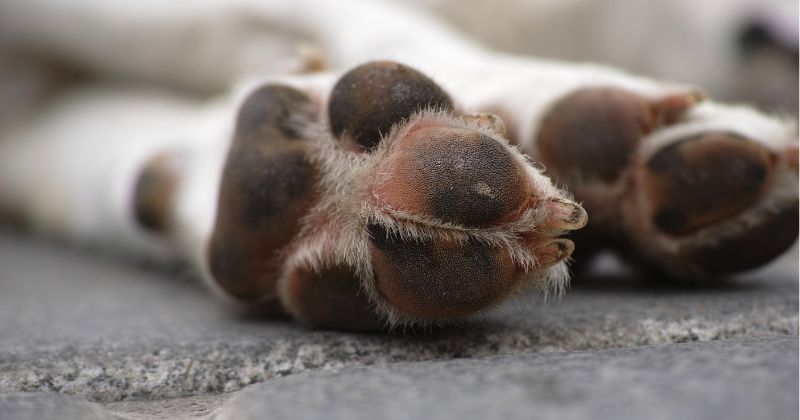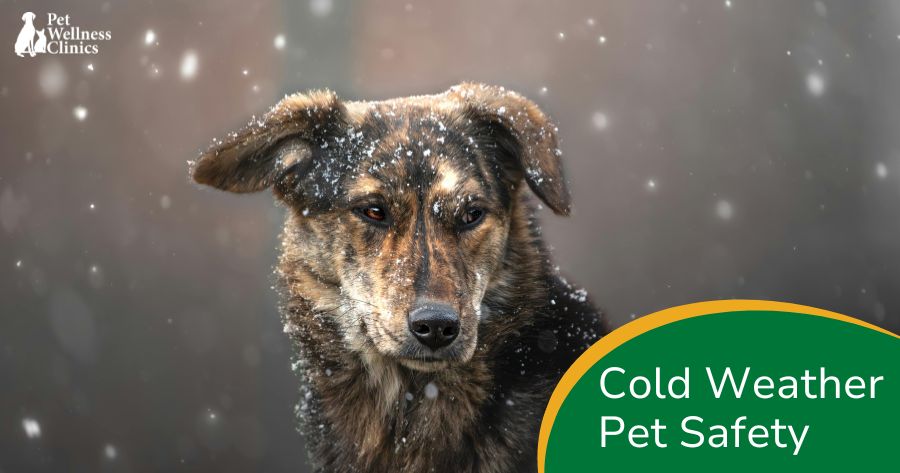
Canine foot care is one of the most important services for your pet. The average dog’s feet come into contact with a variety of surfaces, and many of them have the potential to cause harm.
Keep Your Dog’s Nails Trimmed
Keeping your dog’s nails trimmed is one of the basic practices of good canine foot care — and it’s also the one that’s commonly neglected. Dogs that are walked on paved surfaces on a regular basis may not need nail trimming as often as they’re counterparts who get their exercise on grass or dirt trails, but they should nonetheless be checked often.
Untrimmed or improperly trimmed nails can result in the fur between the pads becoming painfully matted, and there is also the risk of the nails becoming ingrown and getting infected. Toenails that have been allowed to grow too long can also cause the dog to have difficulty walking.
Specialty tools for trimming dogs’ nails are available in pet supply stores . If you would prefer not to do it yourself, most grooming salons and veterinarians’ offices offer this service for an inexpensive fee.
Use a Good Pad Cream
Regular applications of a good pad cream will keep the bottom of your dogs feet, or the pads, from becoming overly dry and therefore prone to cracking. Don’t use hand or body lotion designed for human use — this may cause your dog’s feet to become overly soft, leaving them extremely vulnerable to injury. Purchase a pad cream formulated specifically for use on dogs and use it on a regular basis. While applying the cream, check for foreign objects that may have become lodged in or in between the pads as well as for cuts and cracks.
Food Care in Cold Weather
If outdoor exercise is on your agenda for the winter months, be mindful of certain conditions that could potentially harm your dog’s feet. In very cold weather, your furry friend may end up with frostbite as a result of a frolic in the snow. Small shards of ice can also act as tiny knives and cut your dog’s feet. If your daily walk takes you along the side of the road, keep in mind that your local municipality may be using road salts, which can burn their feet and can also make them ill if ingested when the dog licks its feet. A good layer of petroleum jelly on the bottom of your dog’s feet provides some protection from road salts, but if they’re heavily used where you live, consider investing in some good protective booties.
Foot Care in Warm Weather
You’d think the carefree days of summer would be easy on your dog’s feet, but warm weather presents a whole new set of problems when it comes to canine foot health. Hot sand in parks and on certain riverbanks can wreak havoc on your canine companion’s feet by getting lodged between the paws, and walking on hot pavement or asphalt may result in burns. As a rule of thumb, you should never walk your dog on a surface that you would not be able to handle in your bare feet.
Please contact our office if you have questions or concerns about keeping your furry friend’s feet in great condition!


